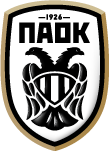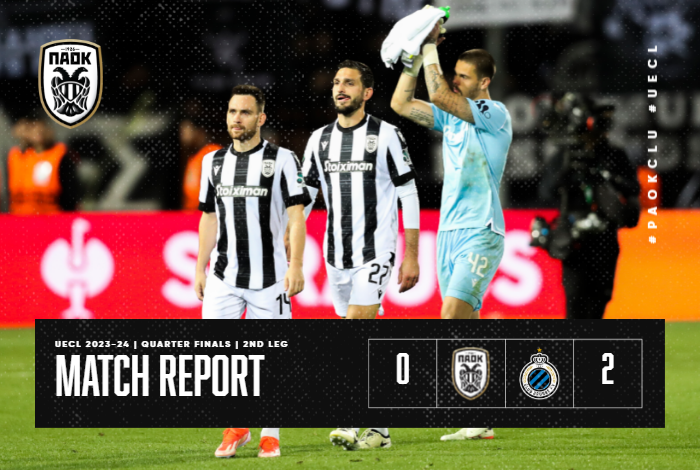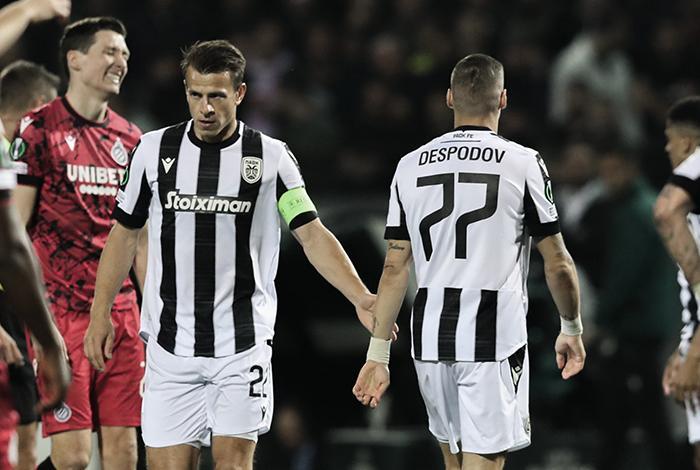Rijeka: An outsider from the Adriatic coast
It may not be the top choice among the medieval fairytale cities of Croatia, and especially among the country’s coastlines. However, Rijeka is a charming outsider. It’s of course lot quieter than the bustling Dalmatian resorts, but boasts a proud history, ornate buildings, lively atmosphere, plenty of color and beautiful beaches which are just few minutes from the city center.
History
The cultural capital of 2020 is reminiscent of Italy. The mansions in the center of the old town exude an air of German, Italian and Hungarian influences. Until the beginning of the 20th century, the majority of the population was Italian, with a strong local character, although the influence of the naval superpower Venice is obvious.
The name of the city (Rijeka according to the Croats, Fiume according to the Italians) means river, as it is built on the right bank of the small Rijecina river. It is the main port of Croatia and its third largest city with approximately 145,000 inhabitants.
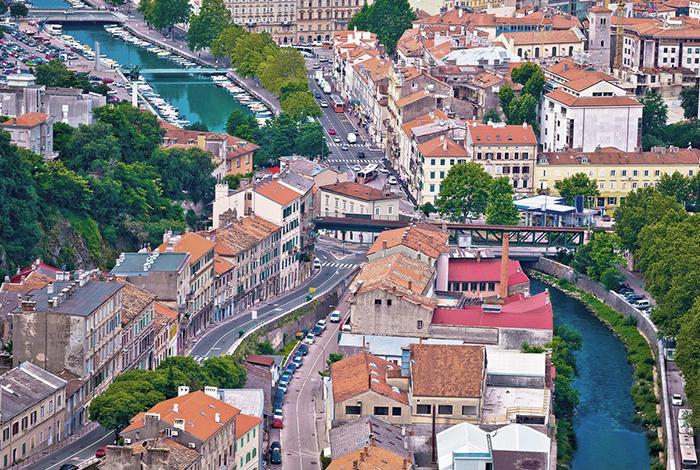
From the 5th century the city changed hands multiple times. From the Franks to the Croats, and the Magyars until 1466, when it then came under Austrian rule. After the defeat of Austria-Hungary in World War II, it fell to Italy, but after the defeat of the Axis and the surrender of the city to the Yugoslavs, the Italian-speaking population was effectively expelled from the city. After World War II, therefore, Croatia came under Tito. The industry set up during the Hapsburg era expanded. With its shipyards, sugar and paper mills, Rijeka was a model socialist city.
The city’s economy is now heavily dependent on maritime transport, shipyards and tourism. Rijeka is famous, among other things, for its carnival and food. «When you are in Croatia, eat like Croats eat,» say those who know. There is a huge variety of delicacies to choose from and many traditional dishes for every occasion.
In terms of attractions, let’s take a short walk to check them out:
Trsat Fortress
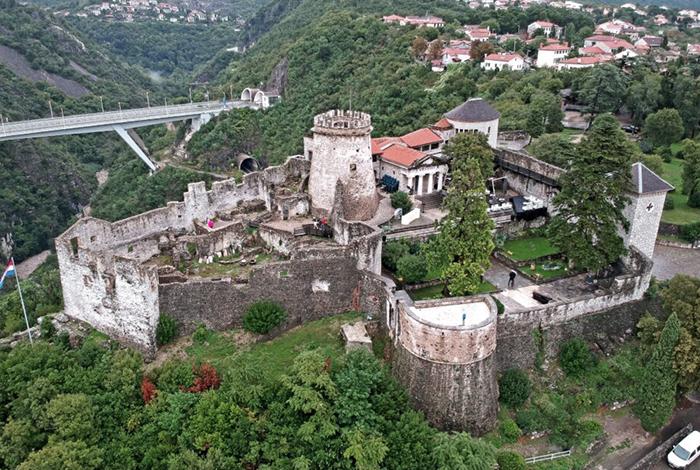
The Trsat Fortress and the Church of Our Lady of Trsat are located high on a hill overlooking the whole of Rijeka. The most interesting way to get there is from the city center via a wonderful pilgrimage path that leads from the Titov Trg to the Rjecina River, to Petar Kruzic’s Stairway and along a pleasant path. The church of Our Lady of Trsat is known for the «miraculous» icon of Mary, which is believed to have been painted by St. Luke.
Rijeka Cathedral
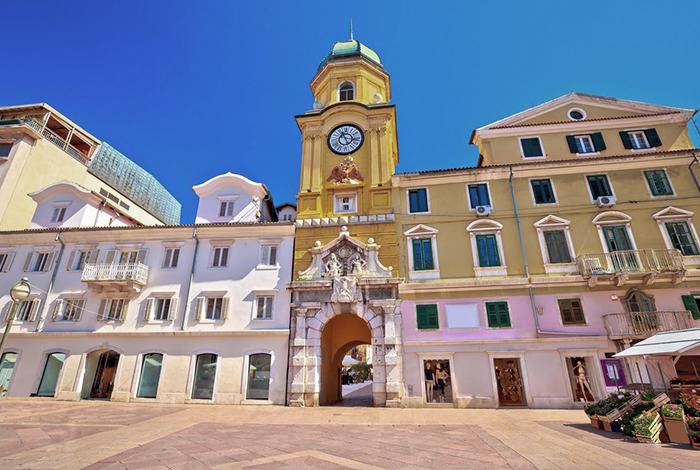
Also known as St. Vitus Cathedral, it is a baroque church, built on a unique round floor, in the heart of the old part of Rijeka. The 13th century cross that adorns the temple, according to legend, began to bleed when a disgruntled woman threw a stone at it.
Guvernerova Palace
The Administrative Palace (Guvernerova Palača) now houses the Maritime and Historical Museum of Coastal Croatia. This magnificent old renaissance building was built in the late 18th century and is well worth a look to discover the aura of its well-preserved grandeur.
Capuchin Church of Our Lady of Lourdes
One of Rijeka’s most recognizable landmarks – a postcard image – is the Capuchin Church of Our Lady of Lourdes (Kapucinska Crkva). It is a magnificent old church, built in the early 1900s to mark the 50th anniversary of the miracles of Lourdes.
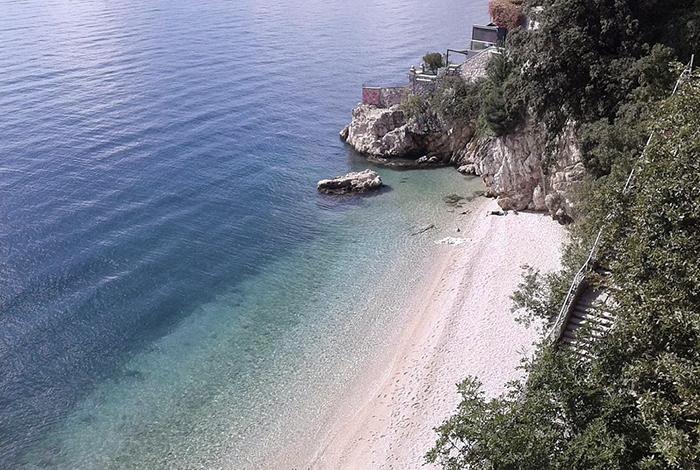
Korzo
A beach boulevard with shops and cafes. Yes, it is touristy, but it’s a very colorful, vibrant and lively place to be.
Sablićevo Beach
A beautiful beach which is just a few minutes from the city center. Obviously it is very busy in summer, but it’s the best season to enjoy it.
